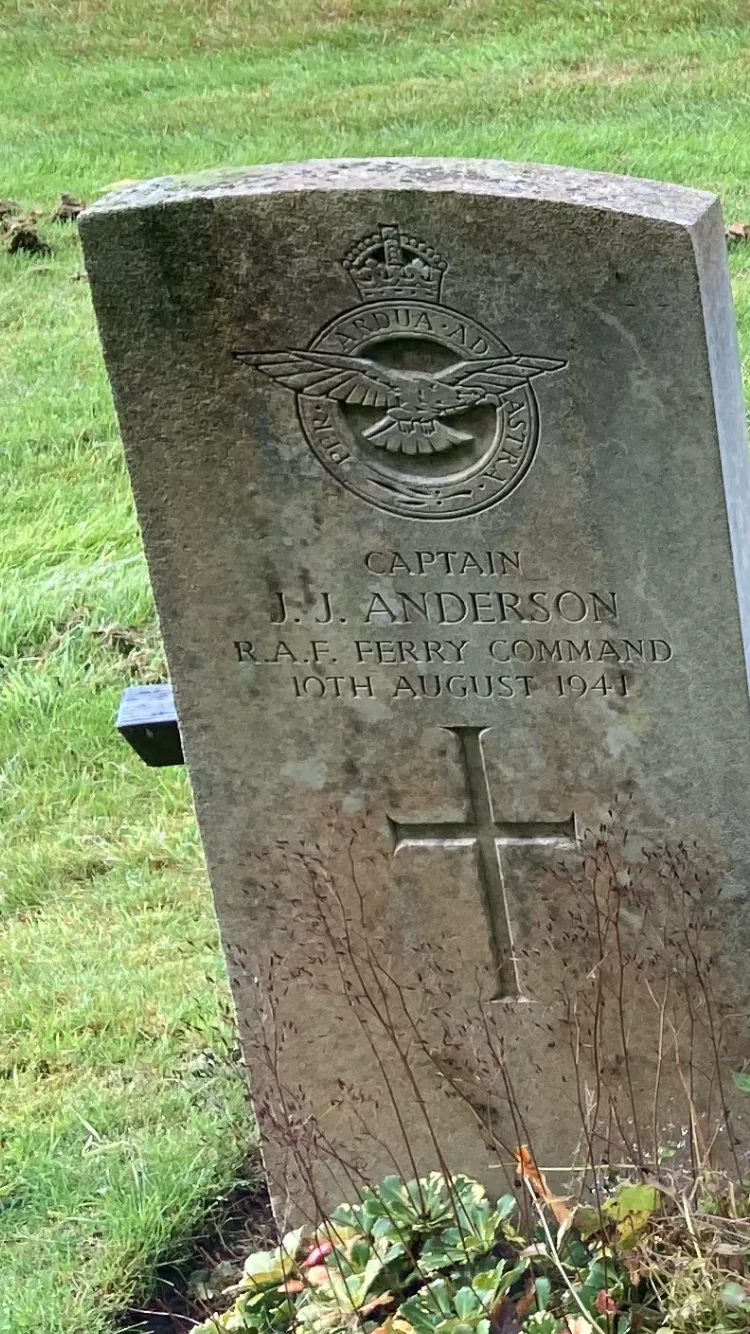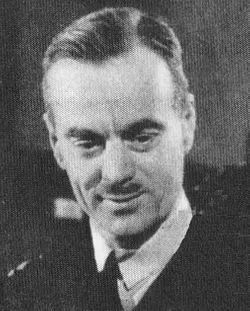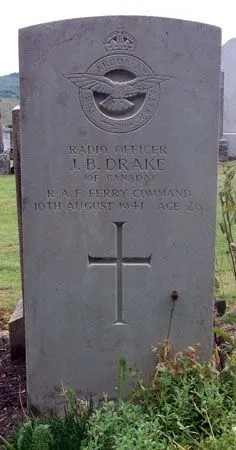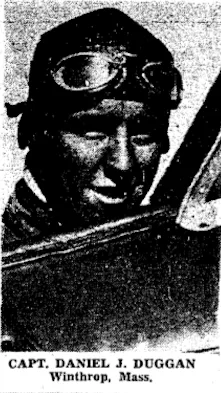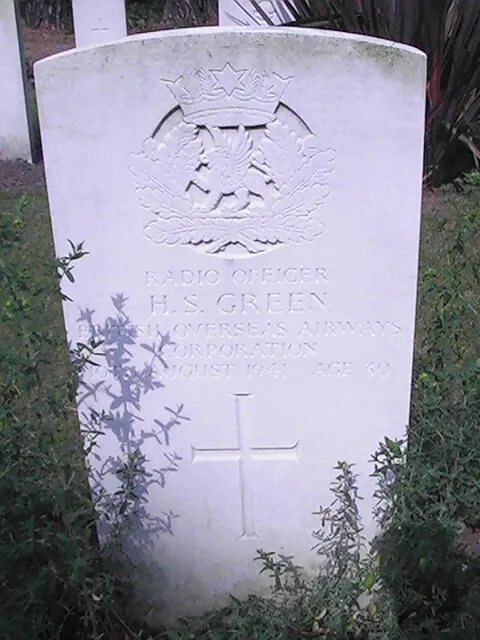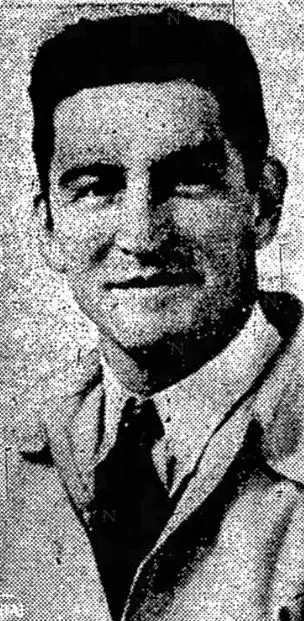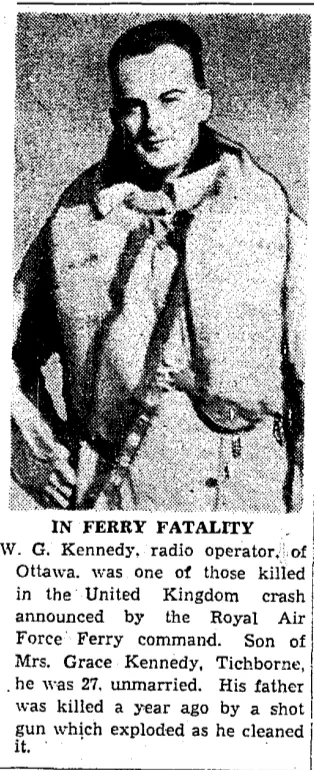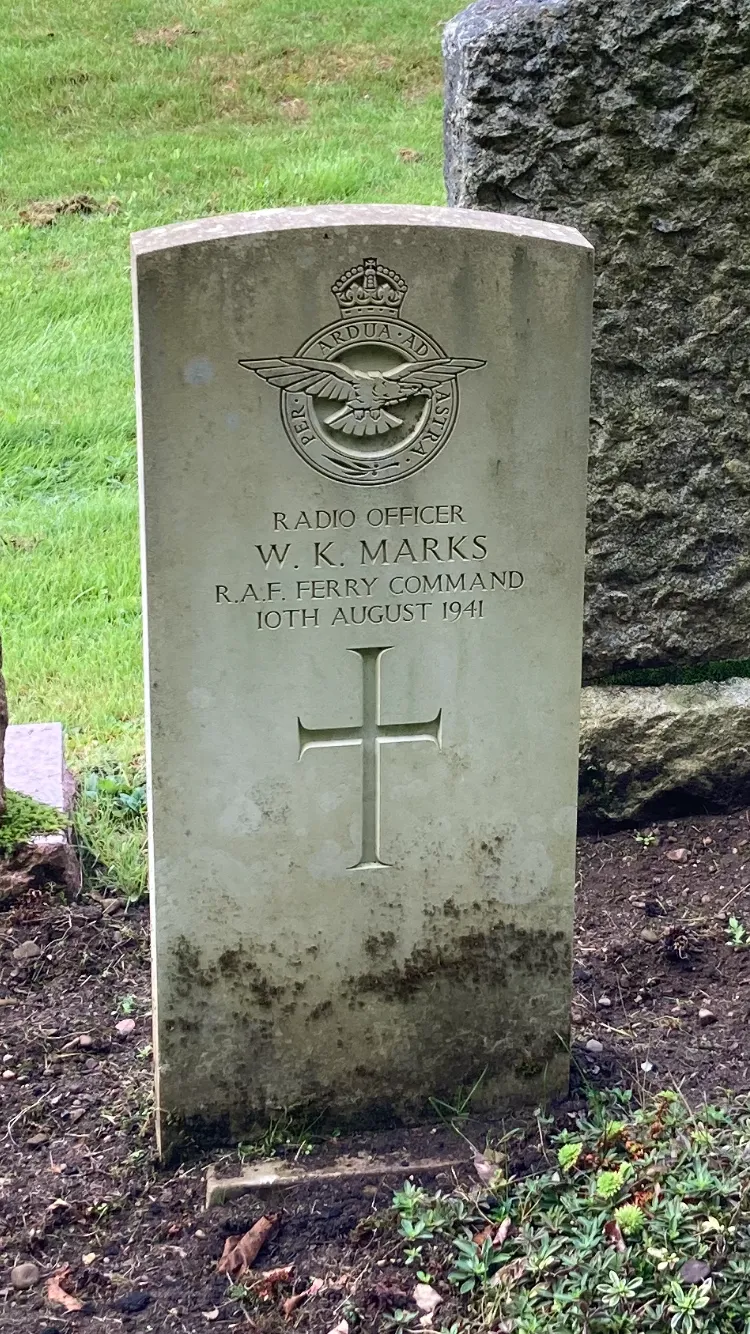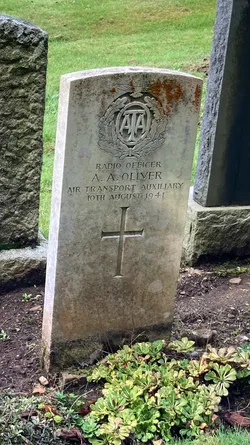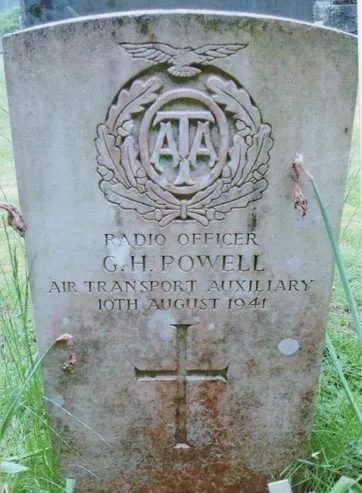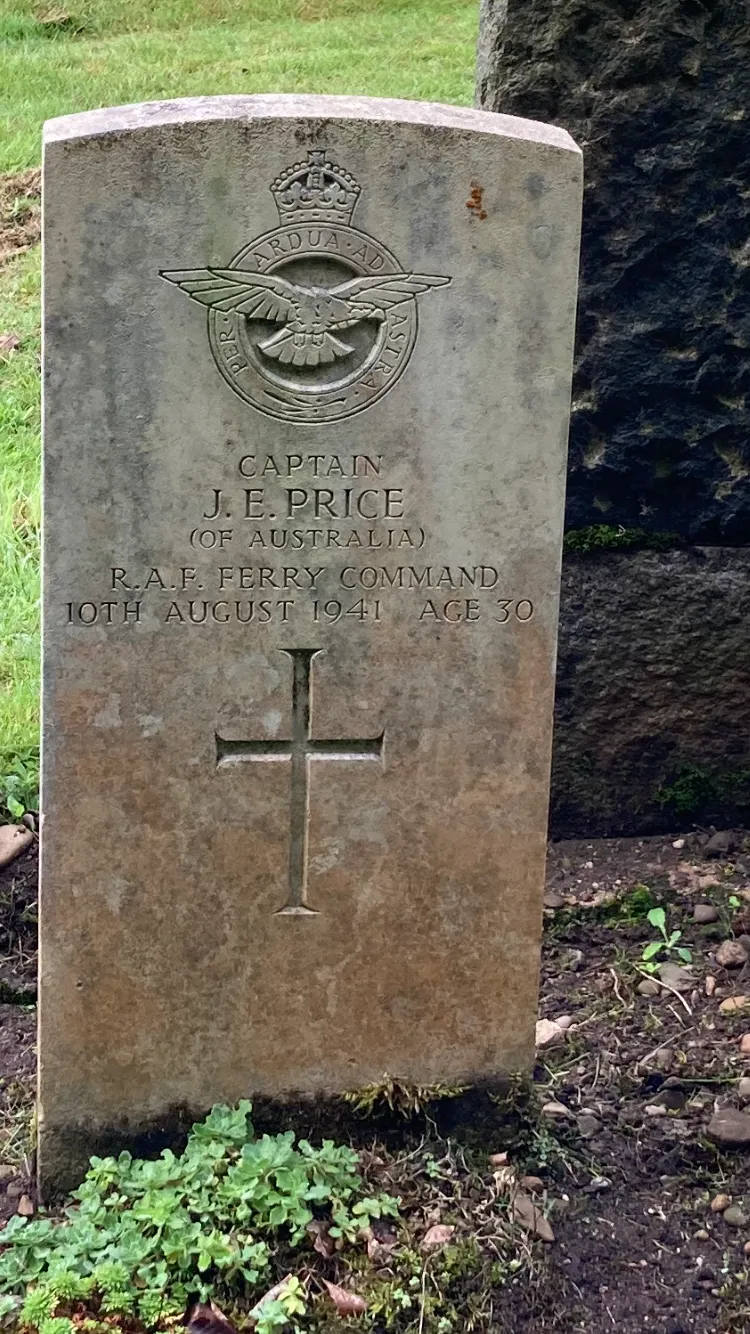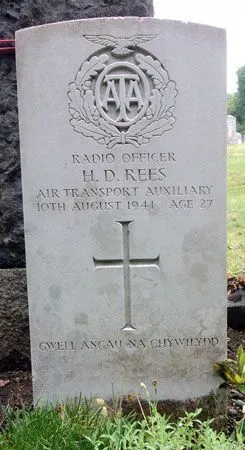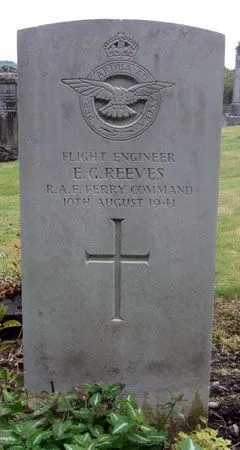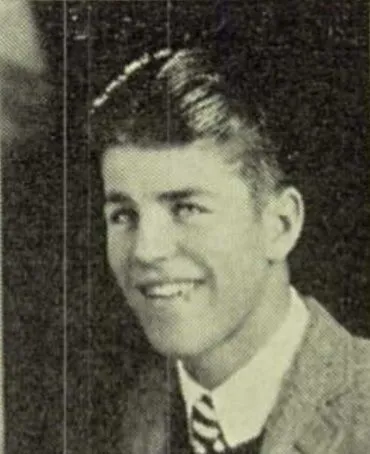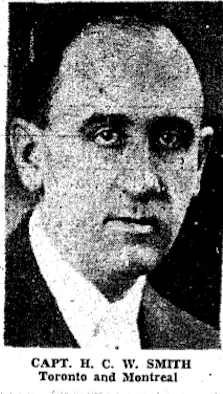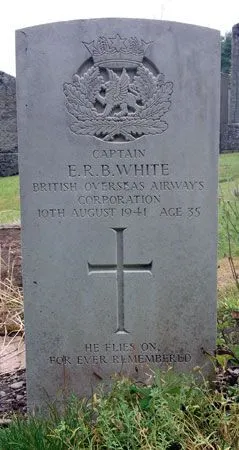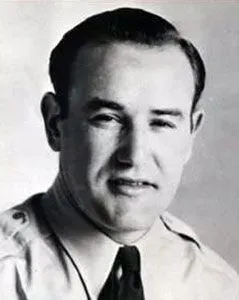Judy, Hoyt Ralph (Civilian Pilot (Captain))
Killed in Flying Accident 1941-August-10


Birth Date: 1917
Born:
Parents: Son of Edward L Judy and Mabel Judy
Spouse: Husband of Texas Pauline Miller Judy, of Wheeler, Texas
Home: Wheeler, Texas, USA
Enlistment:
Enlistment Date: unkown date
Service
RAF
Unit
Ferry Command- Ferry Command (RAF)
Base
RCAF Stn. Dorval, Quebec
Rank
Civilian Pilot (Captain)
Position
Passenger
Service Numbers
Crew or Other Personnel
Liberator AM261
Mission
Liberator AM261
Transport 1941-August-10 to 1941-August-10
(T) Ferry Command (RAF) RAF Heathfield
RAF Ferry Command Return Service, Dorval Quebec. Liberator I aircraft AM261, returning civilian ferry aircrew to Dorval Quebec crashed in cloud soon after take-off into the hillside at Mullach Buidhe, at the head of Coire Lan, on the Isle of Arran, Scotland, killing all 22 crew and passengers aboard
Weather conditions at the time were overcast with low visibility and rain and the crash was recorded as a navigational error
Those killed:
Lord Beaverbrook was originally scheduled to fly on this aircraft to meet with Roosevelt and Churchill at the Atlantic Conference at Argentia, Newfoundland, but was switched to the second Liberator leaving that evening which arrived safely in Gander
This crash was followed four days later by the crash of a second RAF Ferry Command Return Ferry Service aircraft (Liberator I AM 260) in Ayr, Scotland killing a further 22 civilian passengers and ferry aircrew
![]() [Royal Air Force Serial and Image Database}...
[Royal Air Force Serial and Image Database}...
I Davies, A Casualty of War & Fate, Aeroplane Monthly, September, 2001
Ocean Bridge, The History of RAF Ferry Command by Carl A Christie pages 310, 388
The Liberator in Royal Air Force and Commonwealth Service by James D Oughton with John Hamlin and Andrew Thomas page 117
Liberator serial: AM261
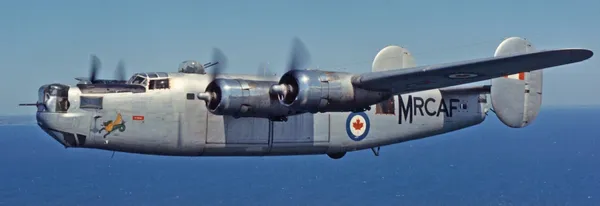
Consolidated Liberator G.R. Mk. VIII, RCAF (Serial No. 11130) ex-USAAF Consolidated (Vultee) B-24L Liberator USAAF (44-50154)
ex-RAF (Serial No. 5009), ex-Indian Air Force (Serial No. HE773).
Currently preserved in the Canada Aviation and Space Museum Ottawa Ontario.
The Consolidated B-24 Liberator was an American heavy bomber flown by the RCAF during the Second Word War. It was designed with a shoulder-mounted, high aspect ratio Davis wing which gave the Liberator a high cruise speed, long range and the ability to carry a heavy bomb load. Early RAF Liberators were the first aircraft to cross the Atlantic Ocean as a matter of routine. In comparison with its contemporaries the B-24 was relatively difficult to fly and had poor low speed performance; it also had a lower ceiling compared with the Boeing B-17 Flying Fortress. Of the roughly 18,500 B-24s built in the USA during the war, 148 were flown by the RCAF on long range anti-submarine patrols, with the B-24 serving an instrumental role in closing the Mid-Atlantic gap in the Battle of the Atlantic. The RCAF also flew a few B-24s post war as transports.
Roughly half of all (RAF) Liberator crews in the China-Burma-India (CBI) Theatre were Canadian by the end of the war. John Muir of Vancouver flew the longest mission of the war: 24hrs, 10mins from Ceylon to Burma and back. (Kyle Hood) Harold Skaarup web page
